Making predictions is always difficult, but let’s explore what experts foresee for AI in the coming years. AI is already deeply integrated into our daily lives. It’s set to revolutionize how we live, work, interact, and build communities. While predictions can be hazy, one thing is certain: technology constantly surprises us. Let’s dive into the AI-driven future.
From Novelty to Necessity
Despite the AI buzz, especially around Generative AI, most people have limited direct interaction. Tools like ChatGPT, Gemini, Midjourney, and Sora are primarily used by professionals or art enthusiasts. However, within five years, AI will be ubiquitous. It will become our assistants, teachers, counselors, financial advisors, legal support, and even potential companions.

AI will handle analyses, create custom solutions, draft documents, aid in product development, and potentially influence major decisions. We might even seek AI for dating advice.
It’s conceivable that parents will blame AI for their children’s lack of attention, claiming, “Our kids never listen to us anymore; they only follow this soulless AI.”

“As with any new technology, early adopters and resisters will emerge. History shows resistance is futile. Similar to Iron Man’s declaration to Thanos, AI’s inevitability is undeniable.
Once AI is fully integrated into our lives, those who resisted will wonder, “What on earth happened?” The question then becomes not if but how we will harness this power, ensuring it serves humanity’s best interests.”
Job Disruptor or Creator?

The specter of job loss is a primary concern as AI advances. Just as the advent of electricity rendered candle making obsolete, many fear AI will displace human workers across various industries.
While doomsday predictions paint a bleak picture of total AI takeover, a more nuanced view is necessary. Certain roles are undoubtedly at risk.
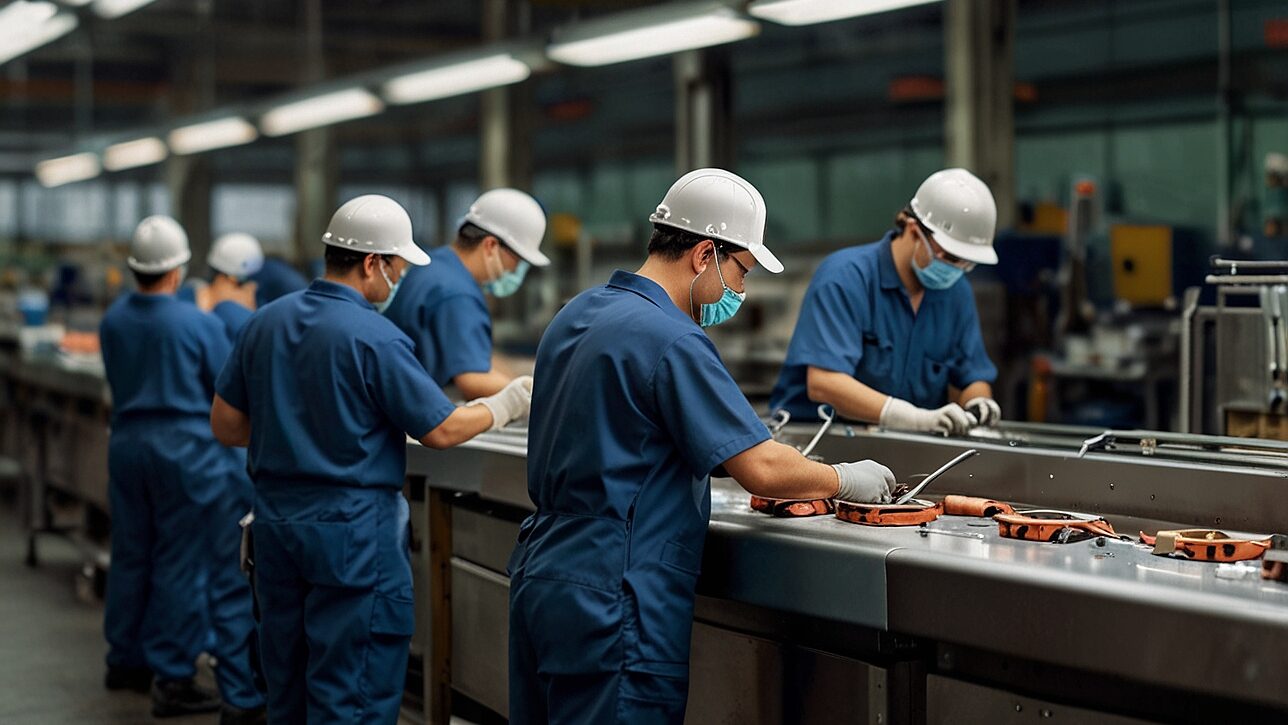
Routine, repetitive tasks performed by data entry clerks, telemarketers, and assembly line workers could be automated. In the creative sphere, AI-driven tools might generate basic designs or write simple content, potentially impacting entry-level graphic designers and content creators. Additionally, the rise of self-driving cars and trucks could transform the transportation industry, affecting roles like taxi drivers and long-haul truckers.
However, it’s essential to remember that AI is a tool, not a replacement. While it can automate tasks, it also creates new opportunities. For instance, professionals who can effectively collaborate with AI systems, or those skilled in developing and maintaining AI technologies, will be in high demand. Moreover, industries requiring human judgment, empathy, and creativity – such as healthcare, education, and social work – are less likely to be fully automated.
From Factory Floors to Battlefields: The Rise of Robots
The term “robot” often conjures images of humanoid machines from science fiction. However, the reality is far less dramatic. At its core, a robot is simply a machine programmed to perform tasks. From the humble Roomba vacuum cleaner to complex industrial arms, robots have become ubiquitous in our world.
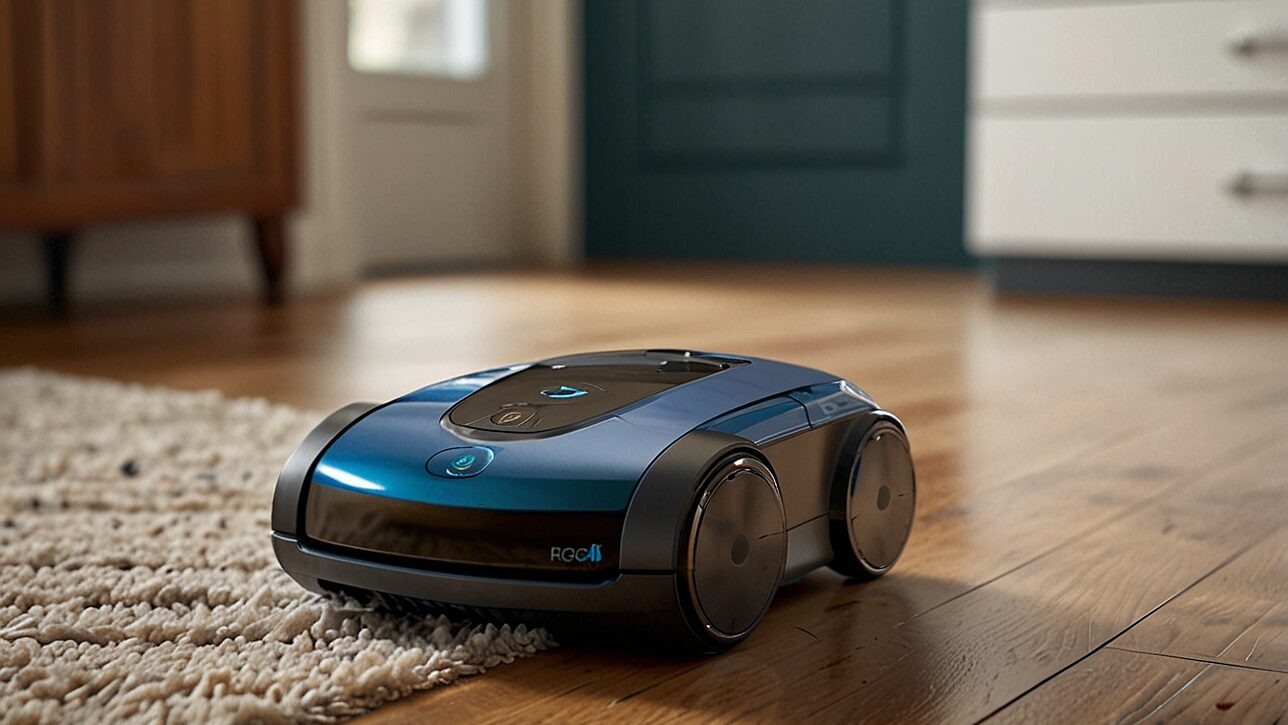
Industries rely heavily on robots for efficiency and precision. Factory floors are filled with robotic arms assembling products with superhuman speed and accuracy. Offices employ robotic process automation (RPA) to handle mundane tasks, freeing up human workers for more strategic roles. Even our homes are becoming increasingly automated, with smart assistants and robotic vacuums taking care of chores.
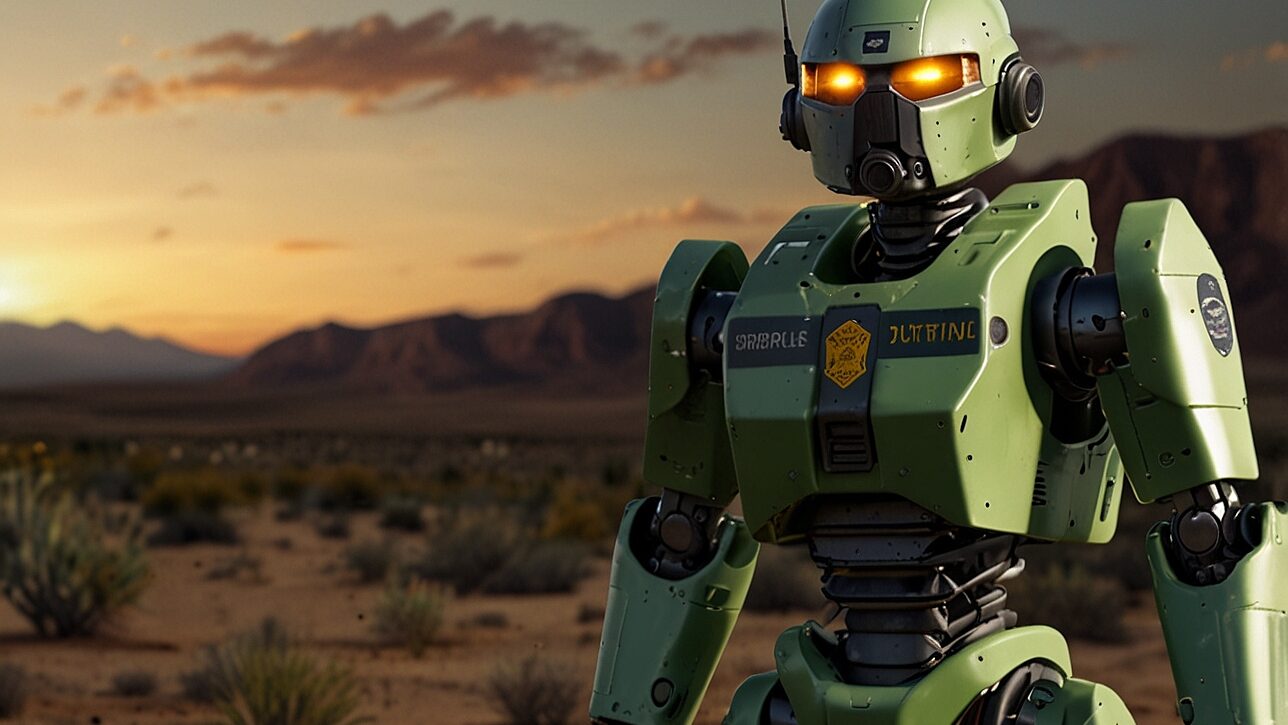
Beyond civilian applications, robots have taken on a more sinister role. Drones, once primarily used for aerial photography and recreation, have evolved into powerful tools with both beneficial and destructive capabilities. They can be employed for disaster relief, surveillance, and package delivery. Conversely, they can also be weaponized, raising serious ethical concerns.

The military has embraced drone technology for reconnaissance, surveillance, and targeted strikes. The ability to conduct operations remotely minimizes human casualties but also blurs the lines of accountability. Autonomous drones, equipped with advanced AI, are capable of making life-or-death decisions, prompting debates about the implications for warfare and international law.
Ground-based robotic sentinels are also emerging as a force multiplier in border security. These automated systems, equipped with advanced sensors and weaponry, can detect and engage threats with lethal force. Their ability to operate continuously without fatigue and to process information rapidly offers a potential advantage in border protection.
AI: A Climate Change Champion
Artificial intelligence (AI) is emerging as a powerful tool in the fight against climate change. By harnessing the power of data and computation, AI can help us tackle this global challenge from multiple angles.

One key area where AI excels is in optimizing energy consumption. By analyzing energy usage patterns, AI can pinpoint inefficiencies and recommend adjustments to reduce overall energy consumption. Furthermore, AI is crucial for integrating renewable energy sources into the power grid. By optimizing the grid’s performance, AI ensures a stable and reliable energy supply while accommodating fluctuations in renewable energy generation.

By analyzing vast amounts of data, the AI models can predict disasters like hurricanes, floods, and wildfires with greater accuracy, providing precious time for early warnings and evacuations. By optimizing the use of water, land, and other resources, AI helps minimize waste and environmental impact. This is particularly important in regions facing water scarcity or deforestation.
Perhaps most excitingly, AI is accelerating the development of sustainable solutions. By analyzing complex environmental data, AI can identify innovative approaches to tackle climate change, such as new materials, energy sources, and agricultural practices. By tracking and analyzing energy consumption and waste, AI provides valuable insights for making informed decisions and adopting eco-friendly practices, thereby reducing carbon footprint.
Enhancing Human Potential: The AI Revolution
AI is not only changing the world around us but also the way we experience it. We’re on the cusp of a future where human capabilities are significantly enhanced through technology.
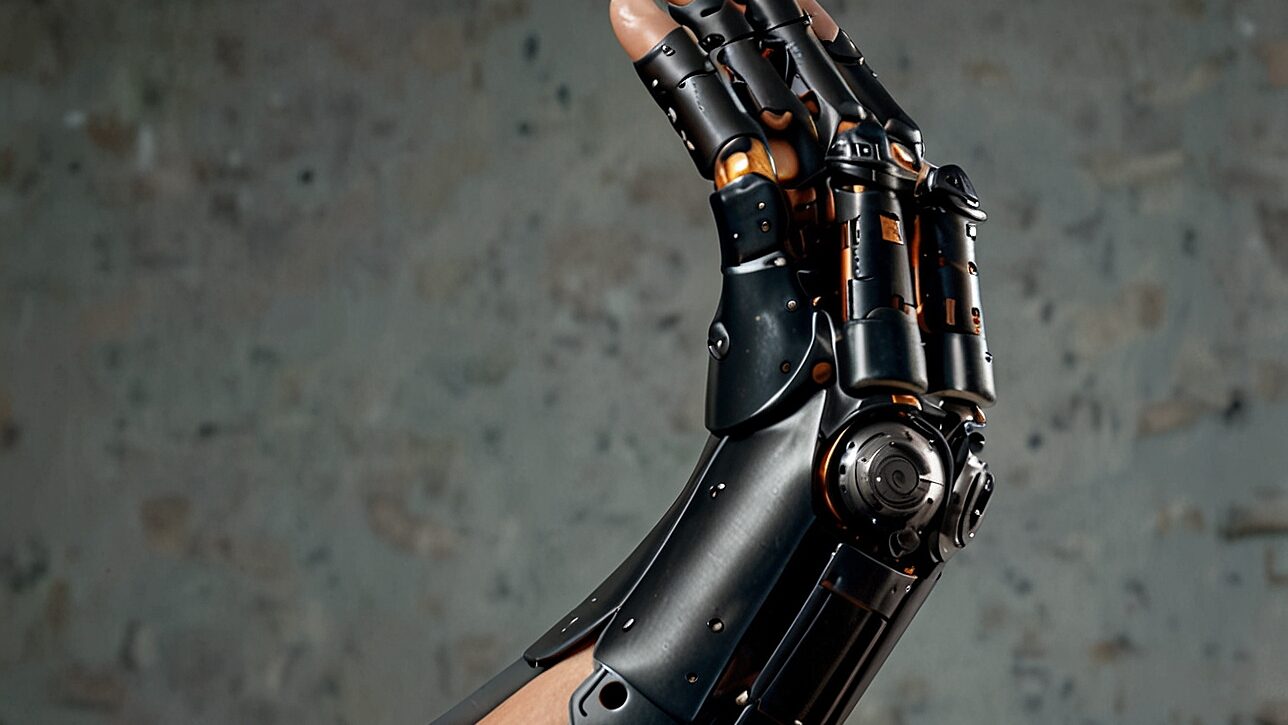
Imagine a world where prosthetics are so advanced they feel and function like natural limbs, thanks to AI. Or envision wearable robots that boost human strength and endurance, aiding in everything from industrial work to disaster relief. We’re also on the brink of mind-boggling advancements in brain-computer interfaces. These technologies could allow us to control devices with our thoughts, access information directly, and potentially even find cures for neurological diseases.
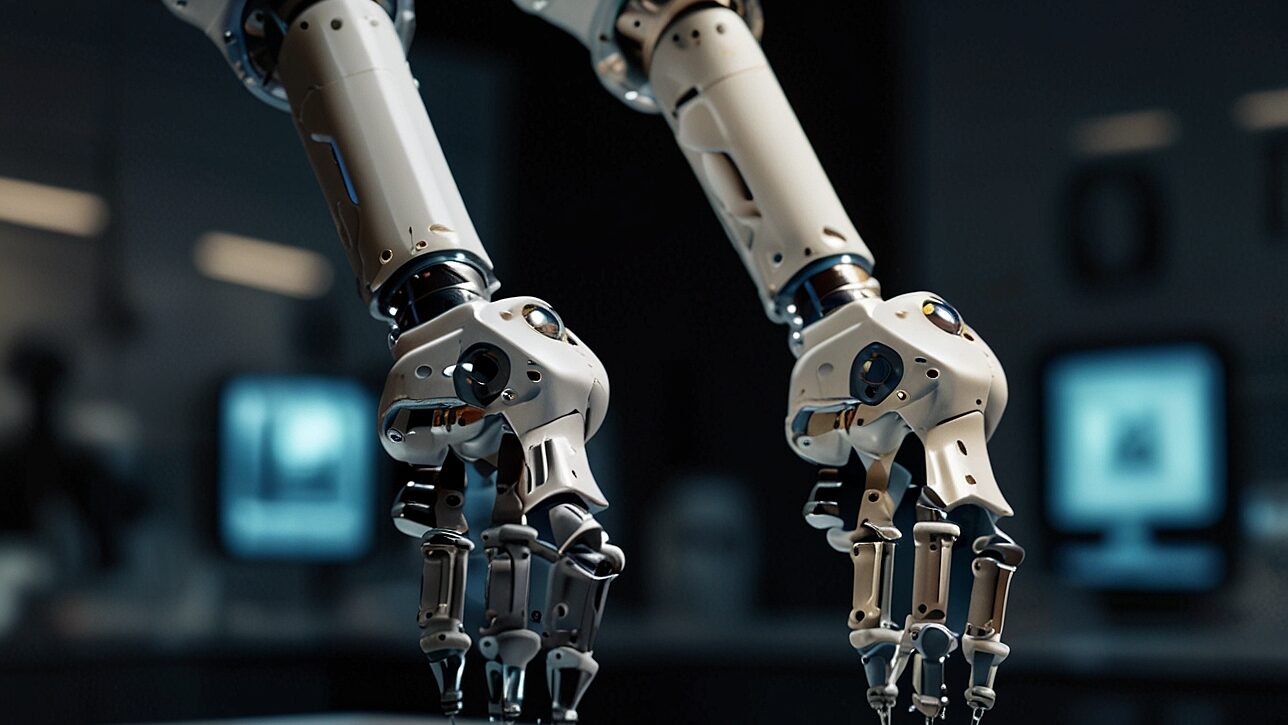
The medical field is set to be revolutionized as well. AI-powered surgical robots will perform complex procedures with unparalleled precision, while AI accelerates the discovery of new drugs. Personalized medicine, tailored to individual genetic makeup, will become the norm. Beyond healthcare, AI will help athletes reach new heights by optimizing training regimens. Additionally, people with disabilities will benefit immensely from AI-driven tools like speech recognition and image recognition, fostering greater independence and inclusion.
AR and VR Powered by AI
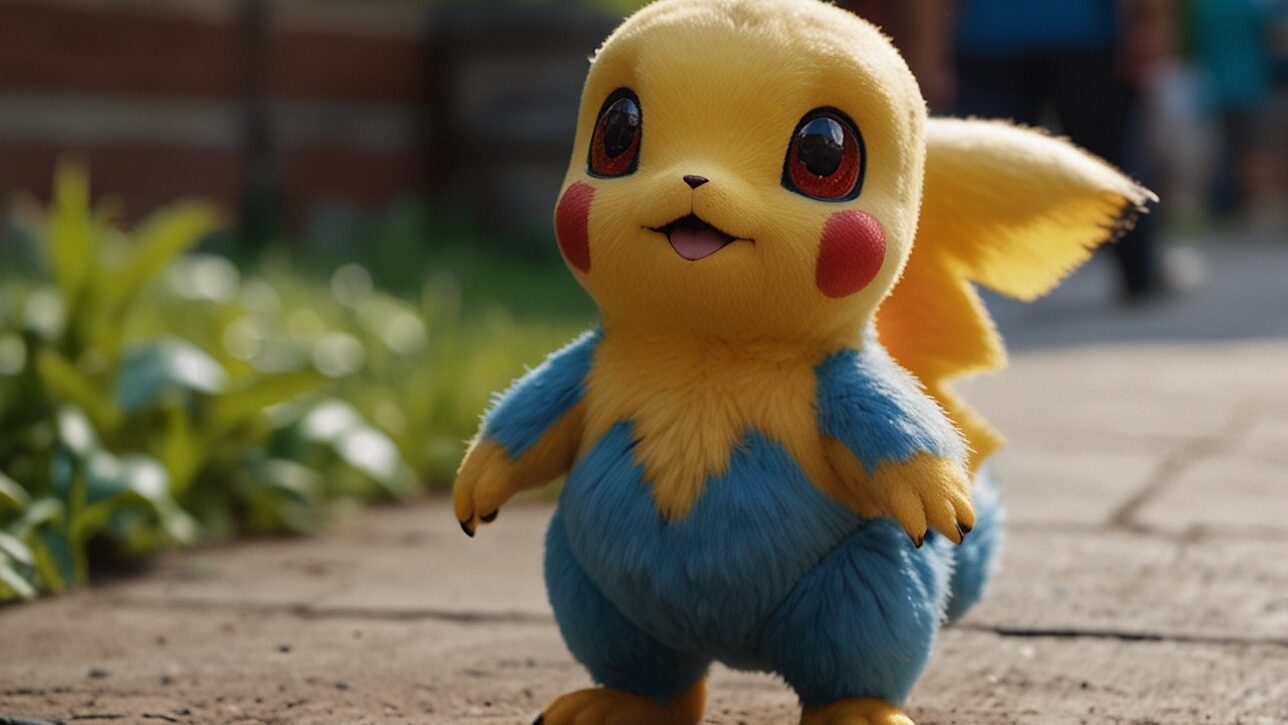
Imagine stepping into a video game, feeling the wind on your face as you soar through virtual skies or the thrill of combat as you wield a virtual sword. This is the future of gaming, powered by augmented reality (AR) and virtual reality (VR). AR, which overlays digital information onto the real world, can transform our homes into interactive battlegrounds. Imagine Pokemon Go with characters and objects seamlessly blending into your surroundings. AI will enhance this experience by recognizing real-world objects and creating tailored gameplay around them.
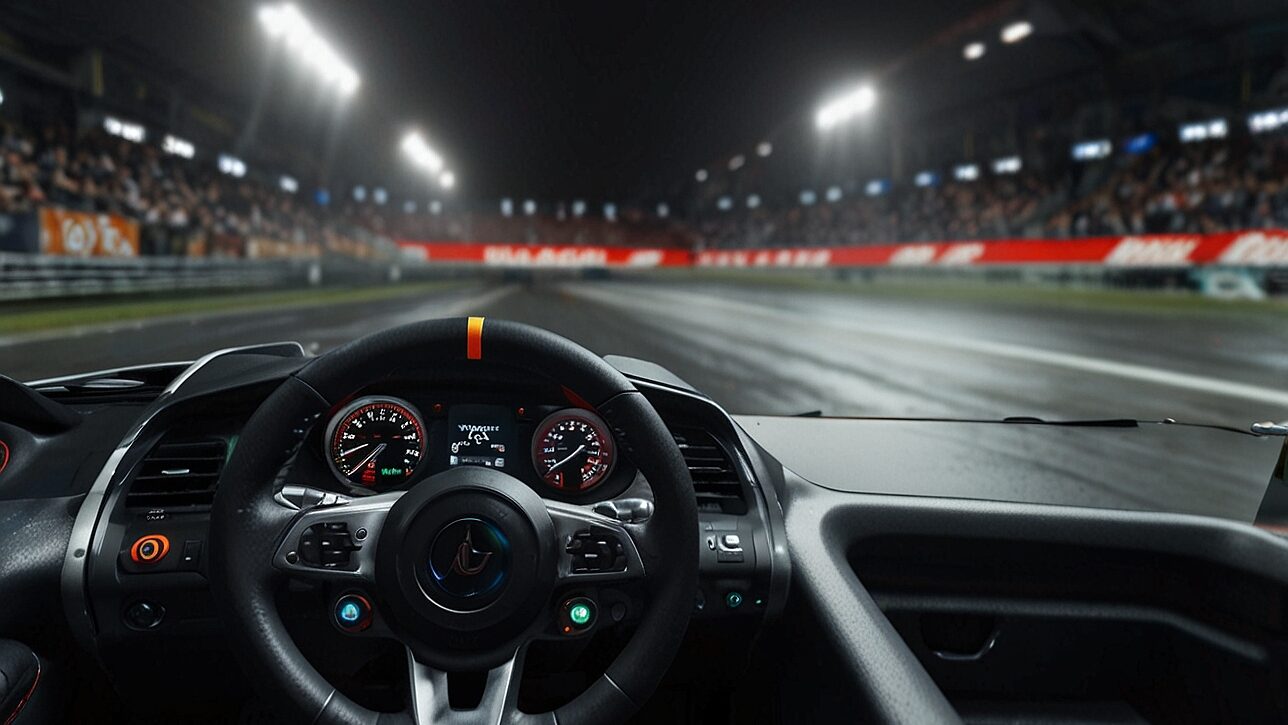
VR takes immersion to another level, transporting you to entirely new worlds. Picture yourself exploring fantastical realms, interacting with lifelike characters, and feeling the weight of virtual objects in your hands. It’s like stepping into the pages of a book or onto the silver screen. With advancements in AI, these virtual worlds will become increasingly complex and dynamic, populated by intelligent characters that respond to your actions.
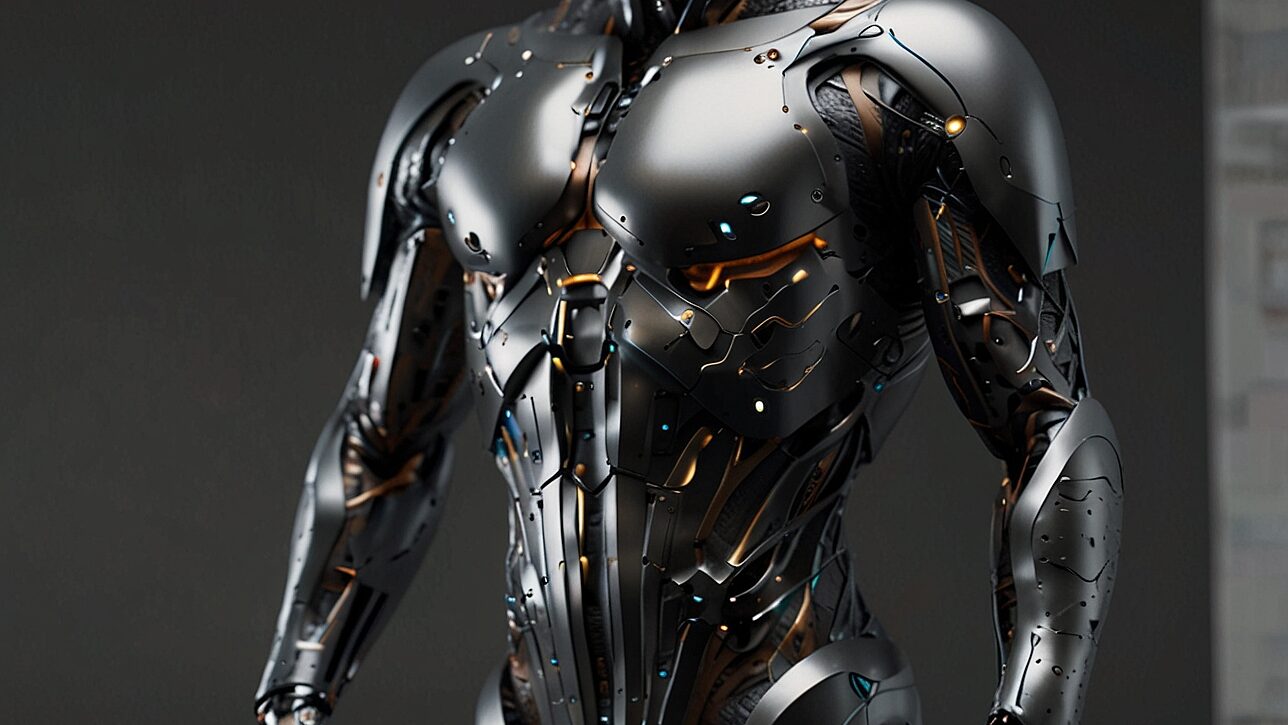
Ready Player One-style experiences, where players can touch and feel virtual objects, are no longer science fiction. Haptic suits, combined with VR, will create a truly sensory gaming experience. Social interactions will also be revolutionized. Virtual worlds could become platforms for social gatherings, concerts, and even dating. Imagine meeting someone in a virtual café, feeling like you’re truly together even though you’re miles apart.
A Future Shaped by AI
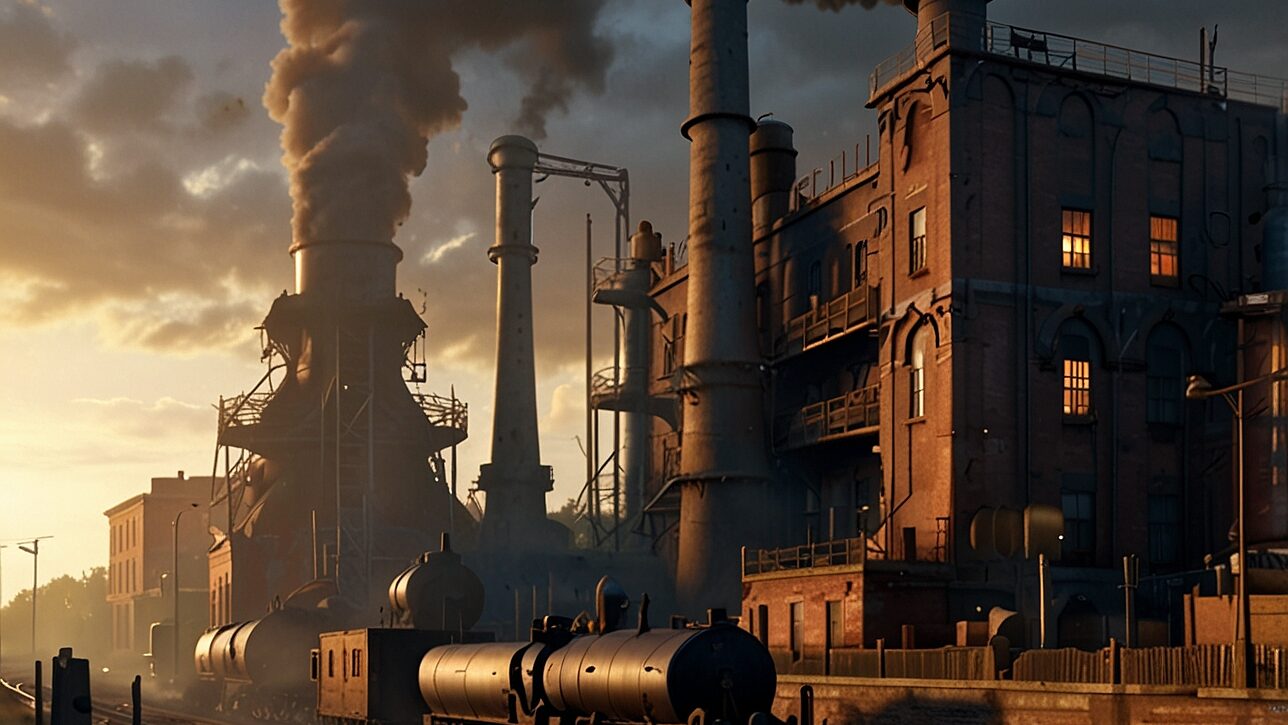
The advent of AI marks a pivotal moment in human history, akin to the Industrial Revolution. Its impact will be felt across every facet of society, from the way we work and live to how we interact with the world around us. While challenges such as job displacement and ethical considerations must be addressed, the potential benefits are immense. AI has the power to solve some of humanity’s greatest challenges, from climate change to disease.
As we stand on the precipice of this technological revolution, it’s essential to approach AI with a blend of optimism and caution. By fostering responsible development, ethical guidelines, and a focus on human-centric applications, we can harness the full potential of AI to create a brighter future for generations to come.